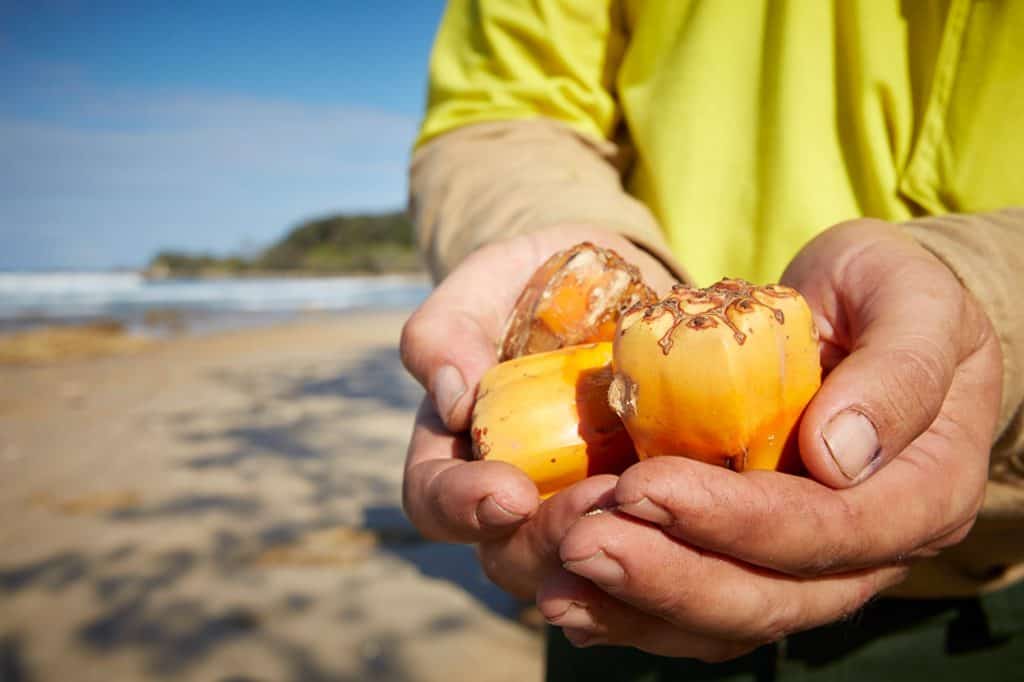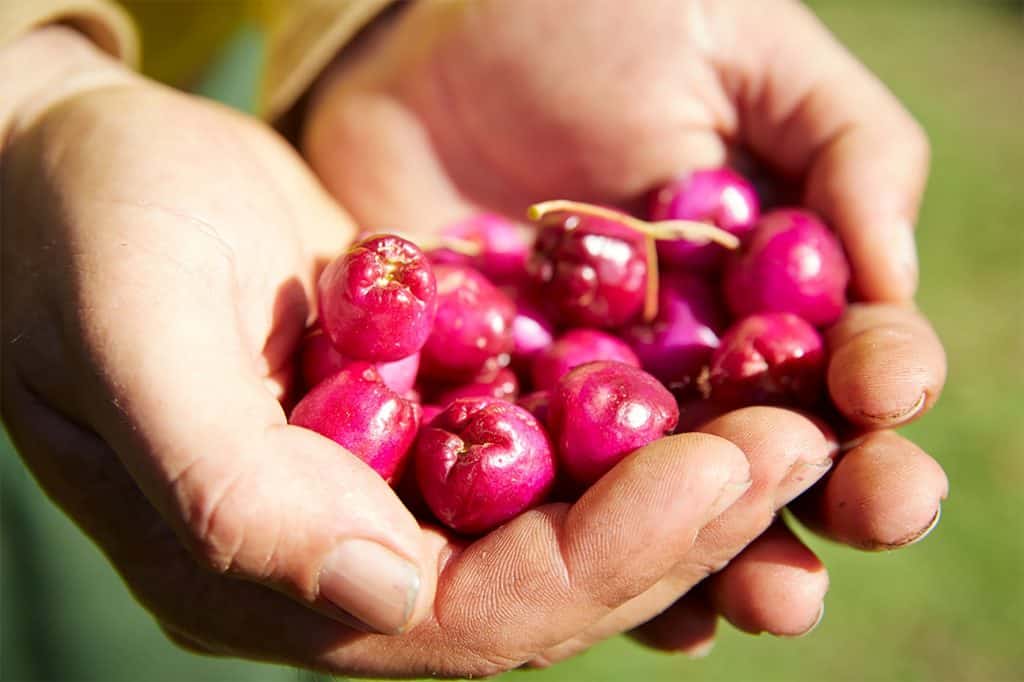Over thousands of years, Aboriginal peoples acquired knowledge to co-exist with the environment, observing weather patterns and changes in climate back to the Ice Age.
Aboriginal groups use seasonal calendars to anticipate the coming of seasonal food sources, breeding seasons and when plants are ready to harvest.

This detailed understanding of the landscape and its seasonal patterns is central to many Aboriginal peoples’ approach to land management. These seasonal calendars are also integral for conservation efforts, including the koala.
One example is the Banbai Seasonal Calendar, which identifies 6 distinct seasons:
- Wildfire time – wet and hot and becoming warm (November to March)
- Grass cures – dry becoming cool (April to mid-May)
- Burning time – dry and cold to frosty (mid-May to June)
- Too cold – freezing and windy (July)
- Burning time – cold becoming warm (August to September)
- Risky time – hot and windy (October).
The Gumbanggirr people around Coffs Harbour are developing their own seasonal calendar in preparation for publishing. Local elders are working with younger Aboriginal rangers to ensure their seasonal knowledge is passed through the generations, as it has been for thousands of years.
